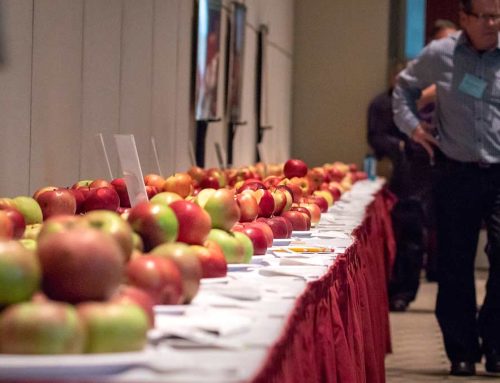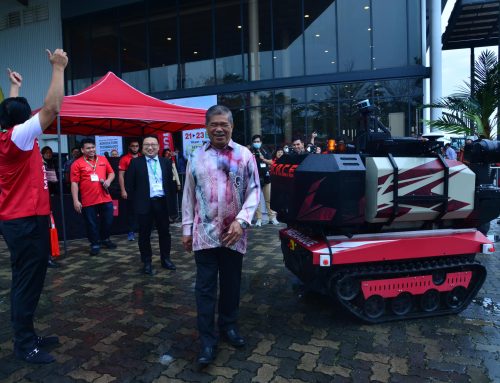
Reimagining the Future of Farming: How Modern Agriculture Technology is Revolutionizing Agriculture Through Photovoltaics
The agricultural landscape is on the cusp of a profound transformation. Emerging technologies and innovative thinking are paving the way for more sustainable, efficient farming practices that could redefine agriculture as we know it. At the forefront of this agricultural revolution is a pioneering new technology from India that leverages photovoltaics to enable low-cost, high-yield farming solutions for remote, off-grid regions. This system signals a new era in agriculture where technology and sustainability intersect to tackle critical challenges like food security and renewable energy generation.
The Innovation: A Photovoltaic-Based Protective Environment-Controlled Farming Technology
Developed by researchers at Netaji Subhas University of Technology in India, this photovoltaic-driven protective environment-controlled farming technology (PV-PECFT) provides a comprehensive framework for optimizing crop cultivation in non-electrified, remote farms. The system comprises photovoltaic panels, additional module hardware, batteries, power devices, automation, sensors, and climate control components like water pumps, ventilation fans, sprinklers, and drip irrigation.
By holistically integrating these elements, the technology enables precise monitoring and control over critical farming parameters like temperature, humidity, irrigation, and photosynthesis levels. This allows optimized crop growth by creating ideal microclimates tailored to the plant’s needs at different growth stages. The automated climate regulation protects crops from unpredictable weather fluctuations and pests while maximizing agricultural yields.
The system is specially designed for remote, off-grid farms that typically struggle with inconsistent crop production due to lack of access to electricity and erratic environmental conditions. By providing a budget-friendly, sustainable farming solution, this technology can significantly boost incomes and food security for non-electrified agrarian communities.
A Multidisciplinary Marvel Spanning Diverse Fields
This agricultural innovation represents a remarkable synthesis of diverse disciplines. The development process brought together fields as varied as electrical engineering, IoT, optics, chemistry, botany, and meteorology.
At its core, the system harnesses the power of photovoltaics to enable renewable energy generation. Strategic switching between modules and smart power management ensure minimal losses and optimal energy utilization tailored to the crops’ needs. The additional module hardware with the MPPT mechanism generates extra energy gains of over 10%.
Sensors and automation allow real-time monitoring and control over microclimate parameters like humidity, temperature, irrigation, and ventilation. The system maintains optimal photosynthetic conditions by responding to the crop’s growth stage and prevailing weather. An energy equilibrium state monitoring model adjusts the system’s output, counteracting environmental fluctuations.
The glass sheet over the PV panel acts as a refractor and reflector to concentrate sunlight on the crops. The strategic integration of drip irrigation, sprinklers, and foggers enables efficient water conservation and irrigation. Overall, the fusion of diverse disciplines enabled a holistic agricultural solution greater than the sum of its parts.
A Sustainable Solution with Wide-Ranging Applications
Initial testing on a tomato crop cycle demonstrated the technology’s immense potential. It increased leaf area by up to 158 times and return on investment by over 900% compared to traditional open-field farming. Beyond the direct economic benefits, the system enables sustainable farming by optimizing water usage and harnessing solar power.
While designed for small, remote farms, the technology has wide-ranging applications from small backyard greenhouses to large-scale vertical farms. With further refinement, it can scale up to meet the needs of both commercial and non-commercial farmers across geographies. Its sustainable approach aligns with global efforts to transition to renewable energy and regenerative agriculture.
Conclusion
This pioneering photovoltaic-based agricultural technology from India promises to transform farming globally. It tackles the critical challenges of food security and sustainability by enabling optimal crop yields in the most marginalized environments using budget-friendly, eco-friendly methods. The solution signals that the future of agriculture lies in harnessing science and technology to create holistic systems that work in harmony with natural processes.
As climate change and energy scarcity loom ahead, such integrated innovations will be essential to build resilient, sustainable food systems. The success of this technology underscores the power of multidisciplinary collaboration to create practical solutions with far-reaching potential. It sets an inspiring precedent for the wave of agri-tech advances that will shape the future of farming worldwide.





